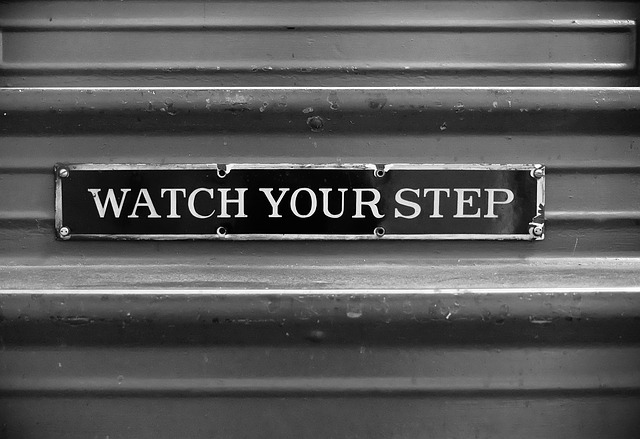Homes are Technology
Merriam-Webster defines technology as “the practical application of knowledge especially in a particular area”. Our homes are great examples of technology: they are structures that shelter us from the elements and give us space to perform the tasks of living. Technology is good to the extent that it enables us to do what we want to do. I want to draw attention to a weakness present in the design of most homes: they are full of barriers that hamper or prevent use by those of us not fully mobile.
Home as the Problem?
To illustrate, I will quote from Robert Murphy’s “The Body Silent”:
Ecological science tells us that our physical surroundings are not inert and immutable entities, but sets of living, shifting relations between people and objects. And every last bit of our architecture, every avenue of public access, from sidewalk to subway, has been designed for people with working legs. Our house had not changed in any way, nor had we modified it to accommodate my new limitations. But my body had changed radically, altering completely the ecology of the house and household.
The Body Silent by Robert Murphy
Murphy was diagnosed with a spinal tumor that gradually led to paralysis. Prior to diagnosis, he was a published anthropology professor. His subsequent observations of the world of the disabled are full of food for thought, though dated because he wrote before the Americans with Disabilities Act began to transform our public spaces. There is no ADA for our private spaces, though: they are still, by and large, “designed for people with working legs.”
To illustrate the stakes involved in bad design, I will further quote Murphy:
Our next-door neighbor came out to greet me, and he and Bob carried me in the wheelchair up the seven steps to the front door. It was clear that I had to find a better way of getting in and out, or the house would become my prison.
The Body Silent by Robert Murphy
The home design had seemed perfectly fine before, but an unexpected change had made it disabling. We are all vulnerable to physical loss: a new home owner tore her ACL 3 weeks prior to moving in, Murphy was diagnosed with his tumor at 52, and we can all expect to be diminished by old age. Beyond ourselves, our loved ones, friends and family, are also vulnerable to unexpected change. To use a personal example, none of the homes in our extended family were accessible when our two sons were diagnosed with muscular dystrophy at 1.5 and 4 years of age. It can happen to anyone. This is why we need to start removing barriers from home design.
Here are some of the most common barriers I have seen in my area:
- Steps at the front door, garage, and porches
- Non-ADA thresholds on exterior doors
- Narrow doorways
- Inadequate turning space for wheelchairs in key areas (5′ diameter clear space needed)
- Narrow bathrooms without an accessible sink, toilet, or shower
When we apply ourselves to making a design, we do it according to the priorities we choose (and remember). The barriers I am talking about don’t cost much to remove at the design stage in many cases, they are just overlooked by people who have no mobility challenges of their own. Narrow hallways and doors can seem an acceptable way to conserve space and expense when there is no thought of it preventing an owner or their loved one access. I hope by shining a spot light on this vital issue that the excuse of ignorance will soon expire.
Home as the Solution
The design philosophy I am advocating for is called universal design. Universal design is defined as “the design of buildings, products or environments to make them accessible to all people, regardless of age, disability or other factors.” It should not be overt or look like “institutional chic”, it should be beautiful, feel like home, and be easy for everyone to use. The philosophy is flexible in how it can be applied with different styles. I recommend the “Accessibility is Beautiful” series produced by the Cerebral Palsy Foundation to see some of it in use. A page I have compiled for our business (“Designing for Accessibility“) has further resources.
In the end, my dream is for our homes to be refreshing places of rest and comfort. I don’t want them to ever become obstacle courses for anyone.
